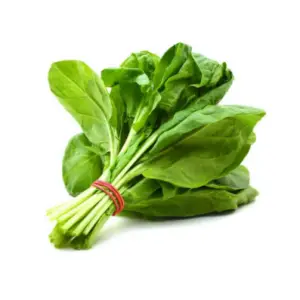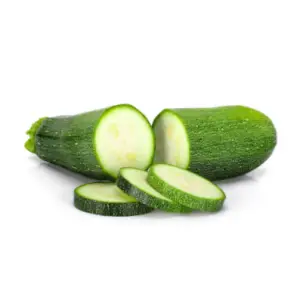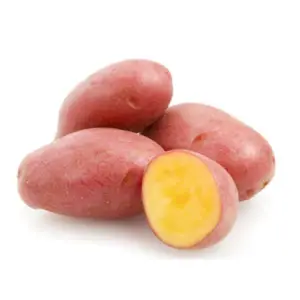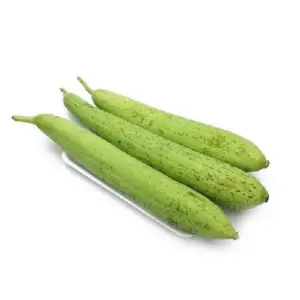Currently Empty: ₨0.00
Dill, also known as the “soya plant,” is a versatile culinary herb that boasts a distinctive flavor reminiscent of a combination of celery and fennel. Originally native to Europe and Asia, It has a long history of being used in seasoning preserved foods intended for canning and long-term storage during winter. However, the uses of dill extend far beyond preservation, as both its leaves and seeds are employed to enhance the flavor of a wide array of dishes.
Dill leaves, commonly referred to as their weed, offer a fresh and herbaceous taste. They are often used as a garnish or a flavorful ingredient in both cooked and raw preparations. Dill weed pairs well with fish and seafood, adding a bright and tangy note to dishes. It is a popular addition to sauces, dips, and dressings, imparting a refreshing and zesty flavor. Additionally, It’s weed is frequently incorporated into salads, soups, and stews, providing a unique and aromatic touch to the overall flavor profile.
The seeds of the dill plant are small and oval-shaped, boasting a slightly stronger flavor compared to the leaves. It’s seeds are often used whole or ground to season a variety of dishes. They can be added to pickles, brines, and vinegar-based condiments, lending their distinct flavor and contributing to the characteristic taste of preserved foods. It’s seeds are also utilized in baking, particularly in bread, cakes, and pastries, adding a subtle and fragrant element to the finished products.
Aside from its flavor-enhancing qualities, It offers several potential health benefits. It is a good source of vitamins A and C, as well as minerals such as calcium and manganese. Dill is known for its potential digestive properties, with some studies suggesting that it may help alleviate indigestion and promote healthy digestion. Additionally, It contains certain compounds that may have antioxidant and anti-inflammatory effects, contributing to overall wellness.
In conclusion, It is a versatile herb that brings a distinctive flavor to a variety of culinary creations. Its fresh and herbaceous taste, reminiscent of celery and fennel, makes it a valuable addition to both preserved foods and everyday dishes. Whether used in its leaf form as a garnish or as ground or whole seeds for seasoning, It adds a unique and delightful dimension to the flavors of salads, soups, sauces, and more. Furthermore, It offers potential health benefits, making it not only a flavorful herb but also a beneficial ingredient for overall well-being. So, embrace the versatile nature of dill and let its flavor elevate your culinary endeavors.






There are no reviews yet.